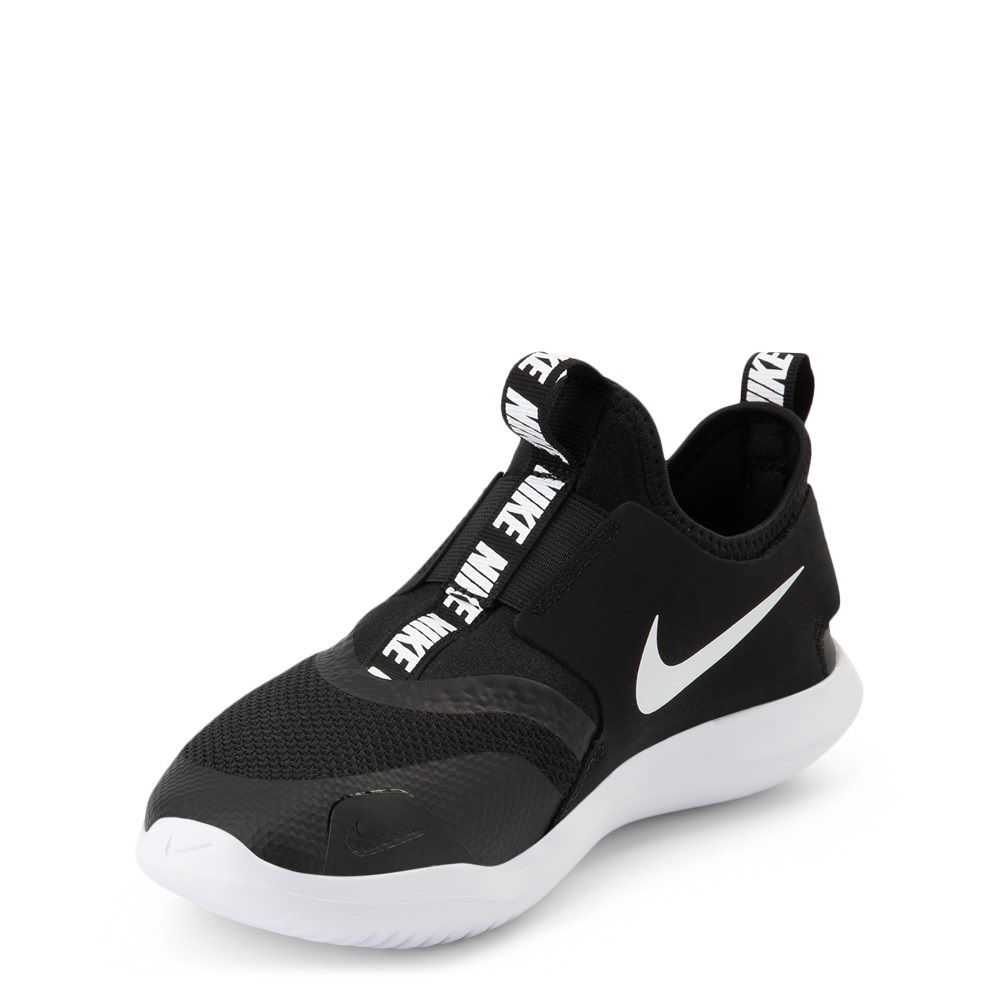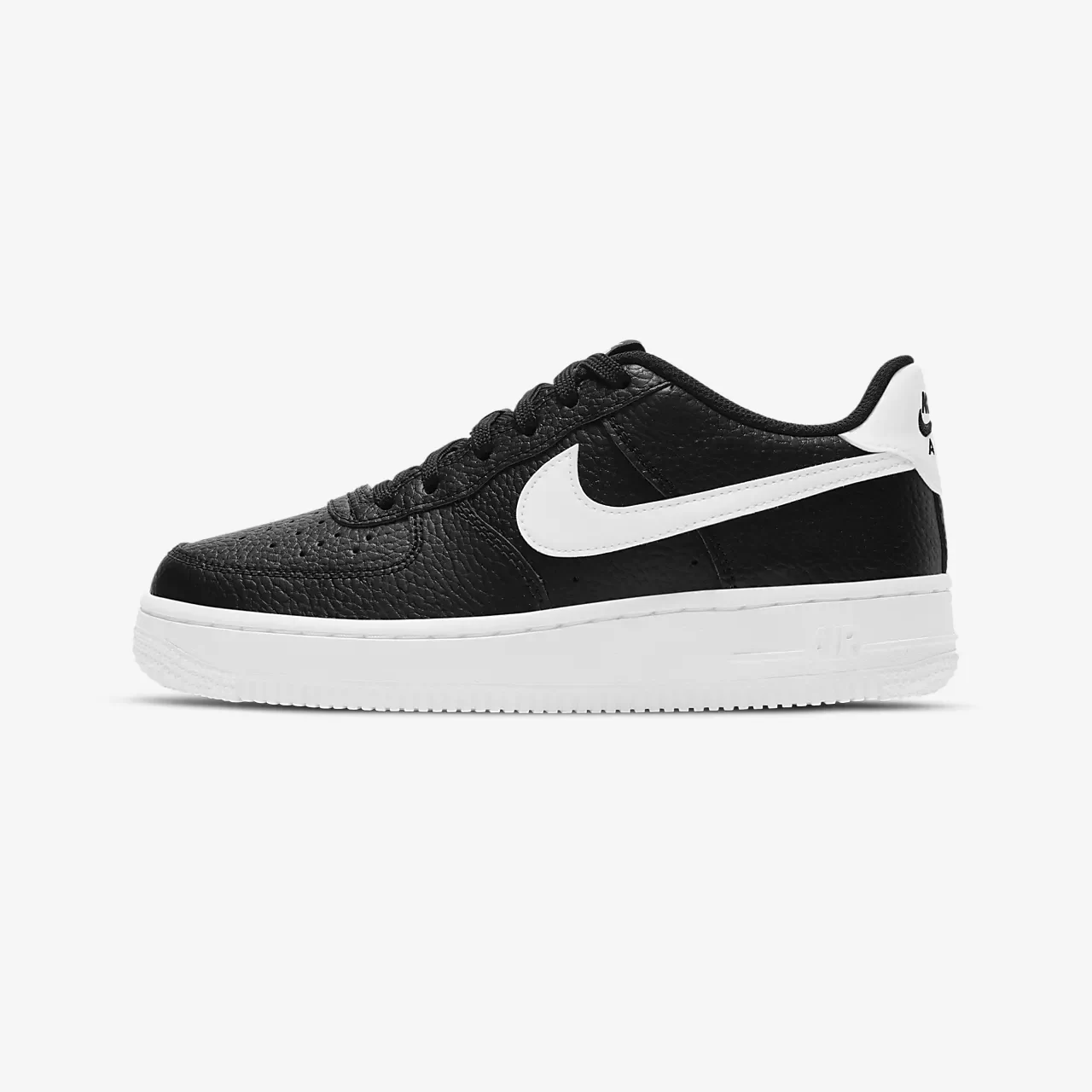
Do Nike Shoes Run Big? Understanding Sizing and Fit
In the ever-evolving world of athletic footwear, one common question that frequently arises among consumers is: do Nike shoes run big? The popularity of Nike spans across various sports and lifestyle segments, making it crucial for potential buyers to understand the sizing nuances of the brand. This comprehensive guide will delve into various aspects of Nike shoe sizing, including fit, sizing charts, user experiences, and comparisons with other footwear brands.
Understanding Shoe Sizes
To tackle the question of whether Nike shoes run big, we first need to dissect the concept of shoe sizing itself. Shoe sizes vary significantly by country, brand, and even style. Generally, a shoe size represents the length and width of the foot, but various manufacturers often adopt different sizing standards, leading to confusion.
The Importance of Sizing Standards
Most shoe sizing is based on either the US, UK, or EU measuring systems. Nike typically employs the US sizing system for its sneakers, which means the sizing may not align well for individuals accustomed to other systems. Thus, understanding the scale you’re measuring against is crucial when purchasing Nike shoes.
Measuring Your Foot
Before we can definitively answer if Nike shoes run big, it’s essential to know how to measure your feet accurately. Follow these steps for the best results:
- Prepare a Sheet of Paper: Place a piece of paper on a flat surface and sit in a chair with your feet on the ground.
- Trace Your Foot: With a pen, carefully trace around your foot.
- Measure the Length and Width: Use a ruler to measure both the length and width of your foot.
- Use a Size Chart: Compare your measurements with a size chart specific to Nike to find your ideal size.
By taking these steps, you set yourself up for a better buying experience, irrespective of whether Nike shoes run big.
Nike’s Sizing and Fit Philosophy
Nike has crafted its reputation not only through innovative technology but also through unique sizing philosophy. Their mission is to provide the optimal balance of performance, comfort, and style in their products. However, this often leads to discrepancies in fit.
General Sizing Trends
Many users report that Nike shoes often run a half size to a full size larger than their usual shoe size. While these experiences can vary greatly depending on the model, platform, and even personal foot shape, Nike shoes do have some common characteristics:
- Roomy Toe Box: Nike’s designs often feature a wider toe box, allowing for natural toe splay.
- Heel Structure: Many models incorporate high heel counters that can lead to a more secure fit for those who find standard sizing to be loose.
- Arch Support: Nike offers varying levels of arch support, affecting the shoe’s fit depending on the user’s foot arch.
Popular Models and Their Fit
Let’s look at various Nike models to explore how they fit differently, answering our initial question in a nuanced manner.
Nike Air Max Series
The Air Max line tends to have a roomier fit, particularly in the toe area. Many customers advise purchasing a size smaller than your usual size, especially for those with narrower feet. If you’re considering Air Max as part of an athletic routine, it’s advisable to test them on.
Nike Free Runs
Nike Free Run models are designed to follow the natural shape of your foot, leading to more variability in fit. Some users have noted that these may feel slightly larger, which allows for increased breathability. If you opt for these shoes, trying them on can be a good way to gauge comfort.
Nike React
The React line, known for its foam cushioning, has garnered attention for a snug fit. While some users recommend sticking to their usual size, others advocate going up a half-size for optimal comfort, especially for long-distance runners.
Nike Air Force 1
The classic Air Force 1 is another model where size can be a contentious issue. While many claim that it runs true to size, some have mentioned that sizing up might be helpful for those who prefer a looser fit.
User Experiences
In understanding whether Nike shoes run big, anecdotal evidence from users can offer valuable insights. Social media platforms and footwear forums are filled with opinions and experiences. Here’s a summary of those observations:
Community Feedback
- True to Size: A portion of users swear that Nike shoes fit true to size, particularly in models like the Cortez and Blazer. For these consumers, their experience aligns closely with other brands.
- Size Down: Many dedicated Nike fans recommend going down half a size from their normal fit. This advice is especially common for those with narrower foot shapes or for models like the Air Max and Zoom series.
- Vast Sizing Differences: Some consumers experience drastic differences even among various models, indicating the importance of trying before you buy or at least researching the specific model’s sizing before making a purchase.
Consistency Over Time
One remarkable point noted by many users is that Nike’s sizing tends to remain consistent across similar styles over time. Customers who have purchased several pairs of a certain model may find that their fit remains stable, reinforcing the idea that learning your specific size in one model can guide you through the entire collection.
Regional Differences in Nike Sizing
Nike is a global brand, and regional sizing variations can lead to discrepancies. Customers purchasing shoes from different countries may experience fit inconsistencies. Understanding localization can be particularly beneficial when making an overseas purchase.
The Asian Market
In general, purchasers in the Asian market often recommend sizing down due to the larger manufacturing standard employed at Nike’s factories. This is particularly relevant for Japanese and South Korean consumers.
European Sizes
For those in Europe, it’s important to remember that the EU sizing tends to run smaller than US sizing. A size 40 in Europe can equal a size 9.5 in the US, so being aware of these dimensional discrepancies can save consumers from sizing mishaps.
 Alternatives and Comparisons with Other Brands
Alternatives and Comparisons with Other Brands
While Nike’s popularity speaks volumes, exploring how their sizing compares with other brands may influence your final decision. Brands like Adidas, New Balance, and Puma have garnered bespoke audiences and followers.
Comparing Nike and Adidas
Adidas designs are generally cited to run true to size or slightly smaller. If you wear Nike, you may choose to size up when switching to Adidas models. Such fit variations can impact a user’s experience and must be considered when transitioning brands.
New Balance Fit Comparison
New Balance emphasizes width and has built a reputation for their sizing versatility. Many find that New Balance shoes tend to run true to size, potentially leading to a tighter fit compared to Nike models.
Puma and Other Brands
Puma shoes often range in fit but tend to align closely with Nike. Users shifting between the two brands typically do not encounter significant sizing discrepancies.
The Importance of Trying Before Buying
Nothing beats the experience of trying on shoes. No matter how comprehensive our knowledge of the question “do Nike shoes run big?” may be, personal preference and fit sensitivity can vary.
In-Store Trials
If you have the opportunity, physically visiting a store where Nike shoes are sold is beneficial. Walking around in different sizes and styles provides an authentic feel for the shoes, allowing you to make a better-informed decision.
Online Buying Strategies
In an age of online shopping, sizing decisions often come down to smart strategies. If purchasing online, consider:
- Return Policies: Ensure the retailer has a solid return policy. Brands like Nike generally provide excellent return options, making the online purchasing process less daunting.
- Detailed Reviews: Take the time to read reviews about sizing issues specific to the model you’re considering. User experiences can offer invaluable insights.
- Sizing Tools: Use digital foot measuring tools, or even consult customer service to clarify any uncertainties around sizing.
Final Thoughts on Nike Shoe Sizing
So, do Nike shoes run big? The answer isn’t black and white but rather influenced by a myriad of factors, including personal preference, foot shape, and model type. While many customers suggest that Nike styles often run big, individual experiences vary widely. To best prepare, measure your feet, understand the specific models, and consider feedback from a broader community. Equip yourself with this knowledge to navigate your footwear purchases confidently, enhancing both performance and style in your active lifestyle.
In conclusion, understanding the complexities surrounding Nike shoe sizing can facilitate a more enjoyable buying experience. Whether you’re searching for the right fit for your next run or a fashionable pair for casual wear, being informed can help you answer the original query more definitively. The world of Nike shoes is filled with possibilities; enjoy the journey ahead!


